Sign UP TO OUr NEWSLETTER
Sarajevo, Bosnia
Sarajevo, a city where history, culture, and resilience intertwine, has become a canvas for street artists and graffiti creators. The street art scene in Sarajevo offers a visual story of a city in constant evolution. This post will showcase Sarajevo’s street art and graffiti, offering insight into how this underground movement reflects the city's identity, challenges, and creative spirit. Join us on a journey through the urban landscape, where every corner holds a new piece of the city's artistic soul.
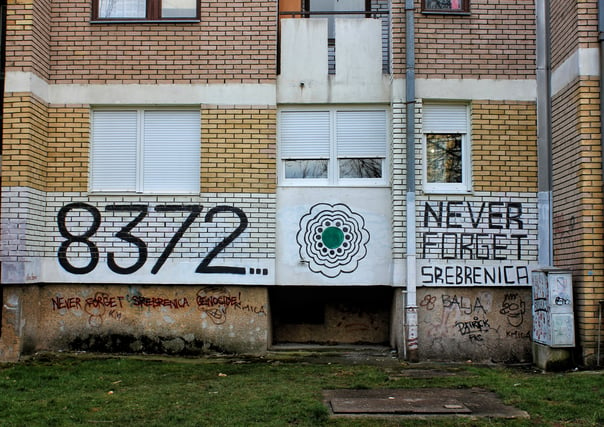
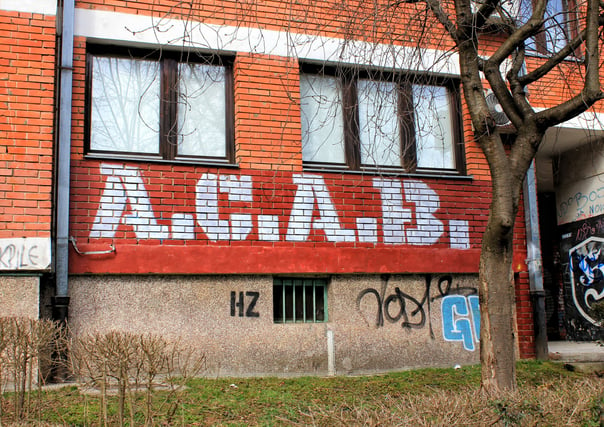




Graffiti and street art in Bosnia have become a powerful way of expression, reflecting the country’s turbulent history and acting as a voice for political messages, historical remembrance, and global solidarity. In places like Sarajevo, the streets are filled with bold statements that speak out against injustice and stand with movements for change.
The streets of Sarajevo also serve as canvases for solidarity with Palestine, with murals and graffiti calling for justice and freedom for the Palestinian people.
These pieces are more than just art; they’re a way for Bosnian's to vocalise their resistance, share collective memory, and show solidarity with those fighting for a better world. The messages on the walls are powerful, raw, and real, making Sarajevo’s urban spaces a visual reminder of the ongoing fight against injustice.
Murals are dedicated to the victims of the Srebrenica genocide, which happened during the Bosnian War in 1995. You’ll see powerful images and messages like “Never Forget” or just “Srebrenica,” often alongside the white lily, a symbol of remembrance. These pieces make sure people don’t forget what happened and push back against those who try to deny it.
Other murals take on more current issues, like police brutality. Phrases like “ACAB” (which stands for “All Cops Are Bastards”) pop up in different spots, showing frustration with police violence and abuse of power. It’s part of a bigger movement seen in lots of countries, demanding more justice and accountability from those in charge.
Dobrinja
The area of Dobrinja was originally developed in the 1980's as a suburban residential district, designed to accommodate Sarajevo's growing population. However, during the Bosnian War (1992–1995), Dobrinja found itself on the front lines, enduring heavy shelling and suffering significant damage. Many of its residents were displaced, and the neighbourhood became a symbol of both suffering and hope as it rebuilt itself after the war.
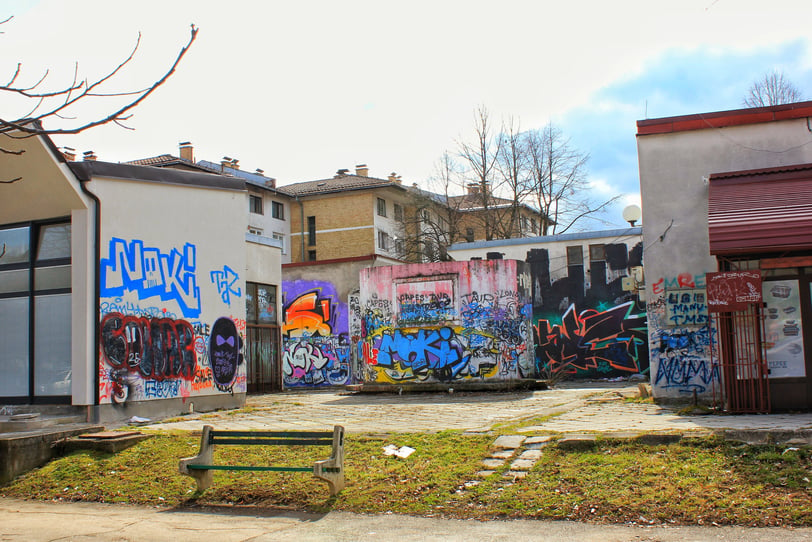









Today, Dobrinja has a noticeable street art scene. Murals and graffiti cover its buildings, telling stories of the neighbourhood’s past, resilience, and hopes for the future. The art gives the area a gritty, authentic vibe, making it a must-visit for graffiti i enthusiasts and anyone who enjoys urban exploration, with abandoned and derelict buildings scattered throughout.


This next spot was discovered accidentally – side passes are the perfect place for graffiti and street art. They offer a hidden space where artists can get creative without worrying about getting caught. The concrete walls and gritty vibe make these spots ideal for bold, colourful pieces that really pop. Plus, the isolation gives artists the freedom to express themselves without the pressure of being in more public areas. Over time, side passes have turned into cool, unexpected galleries, making them a must-see for anyone into street art.


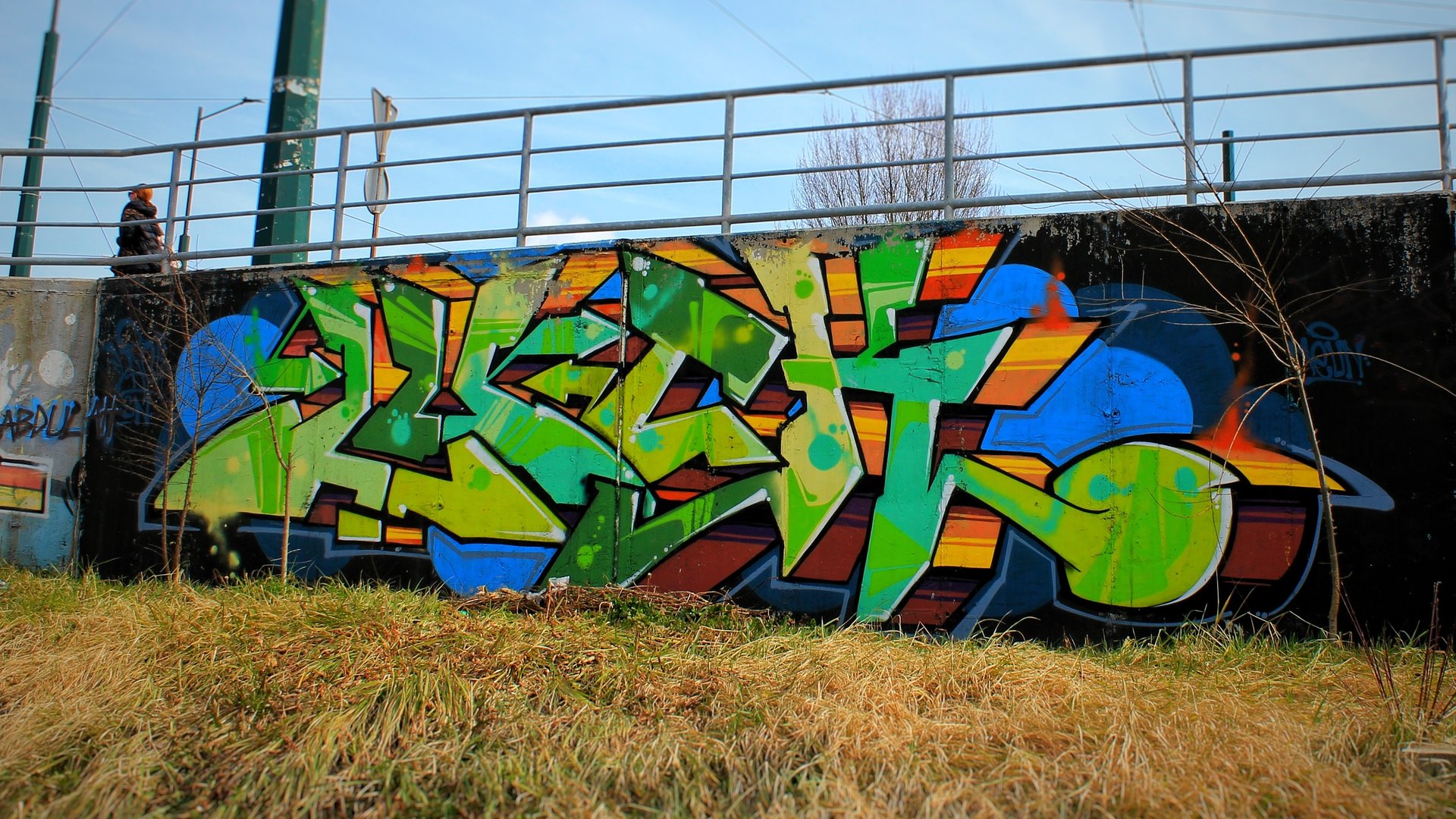
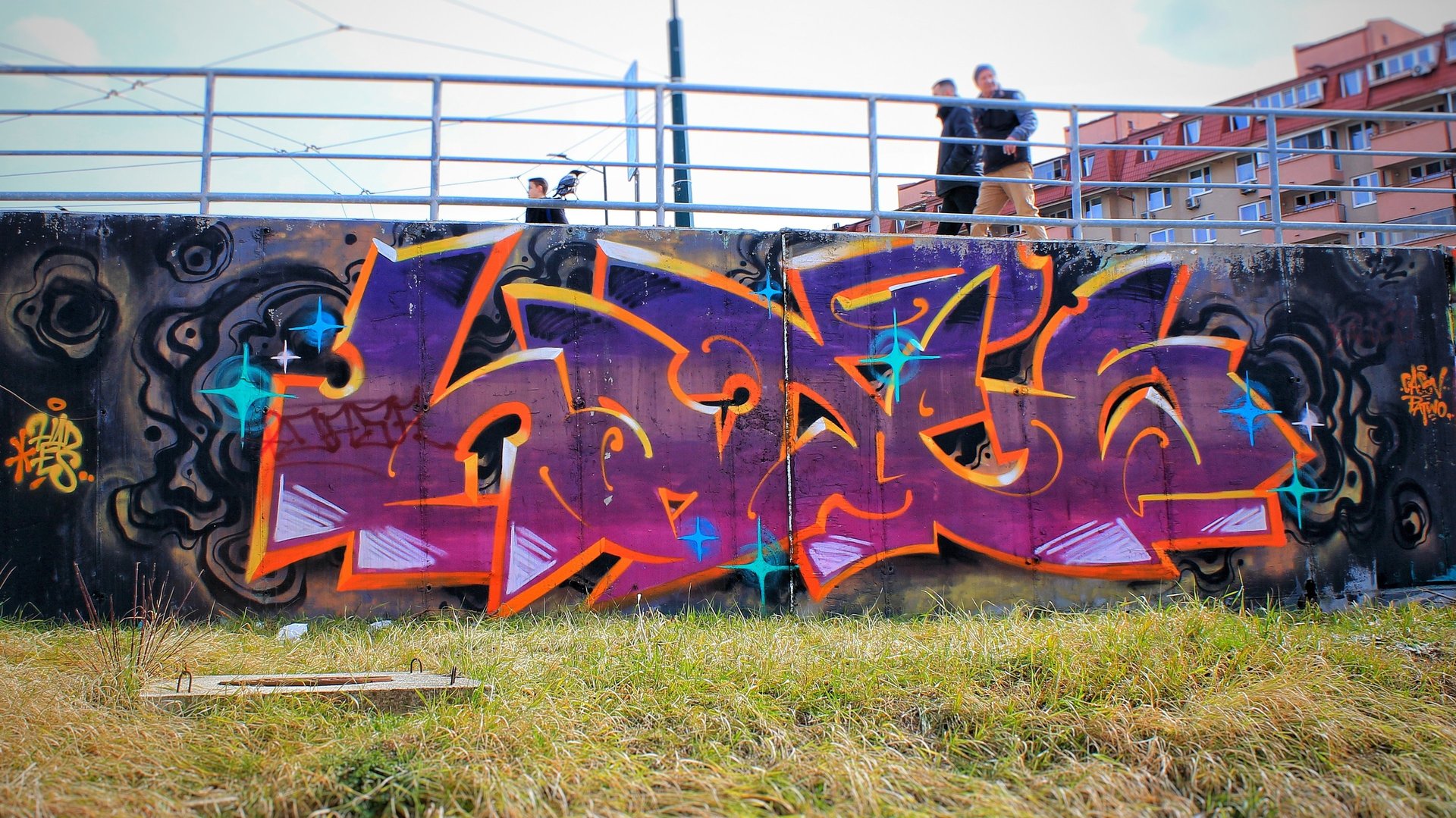
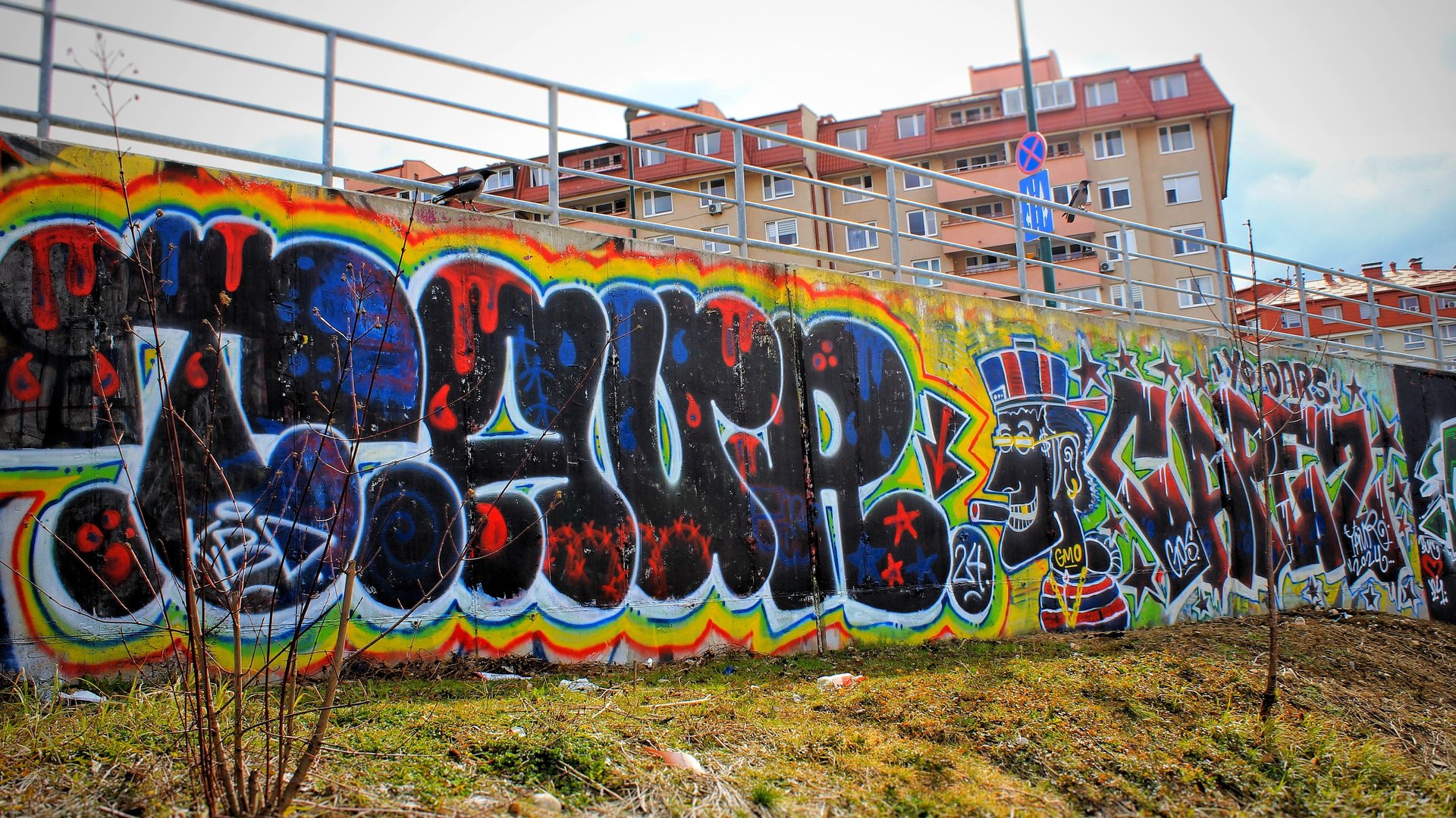
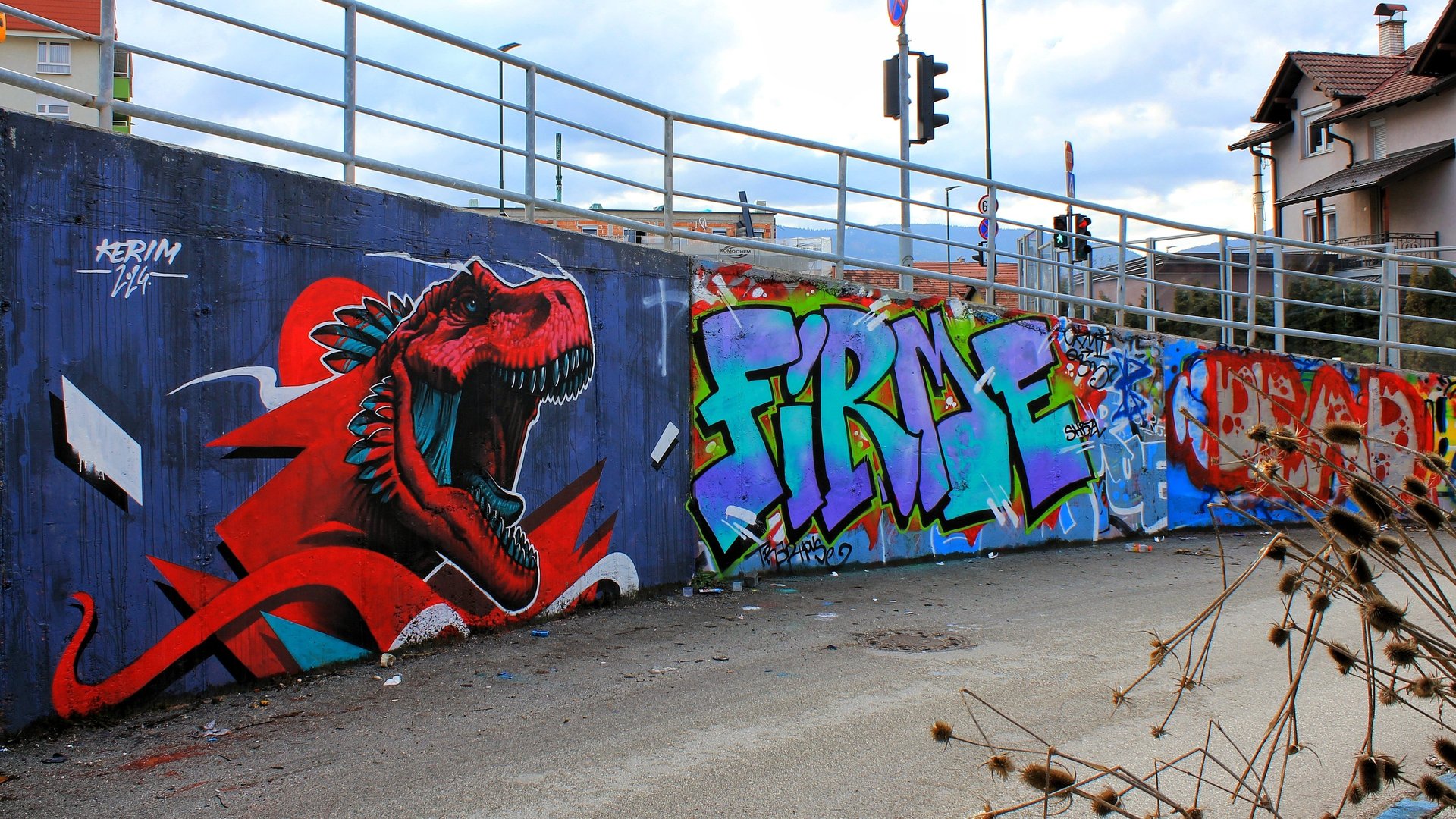
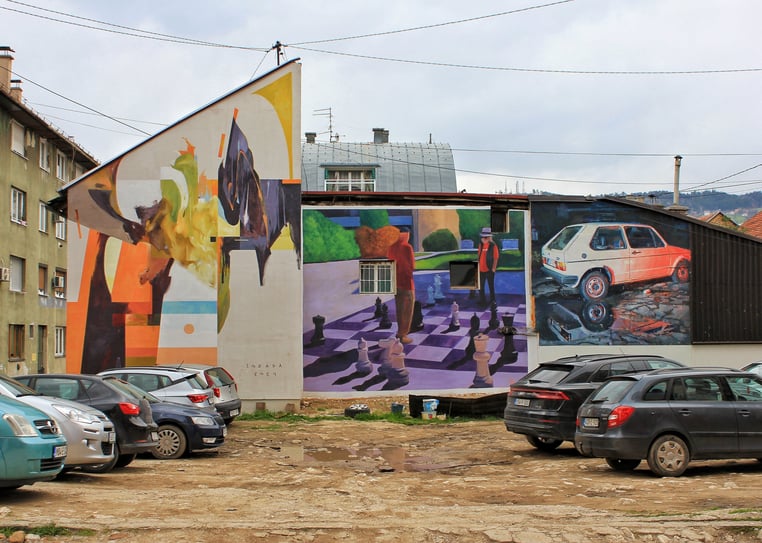

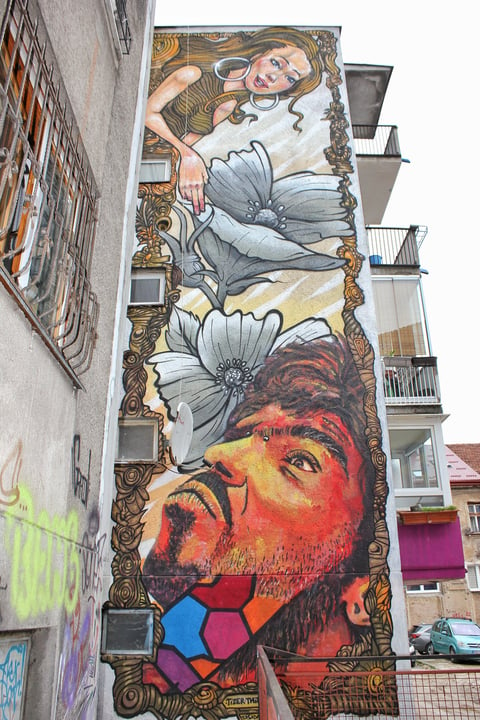

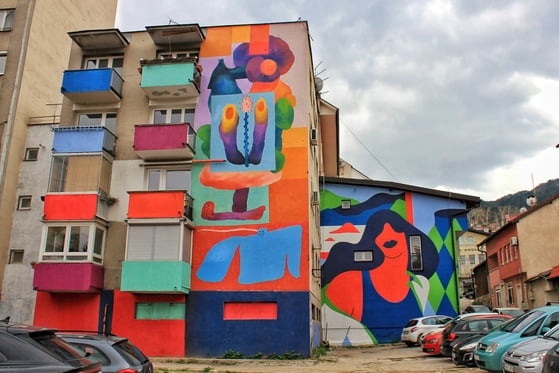

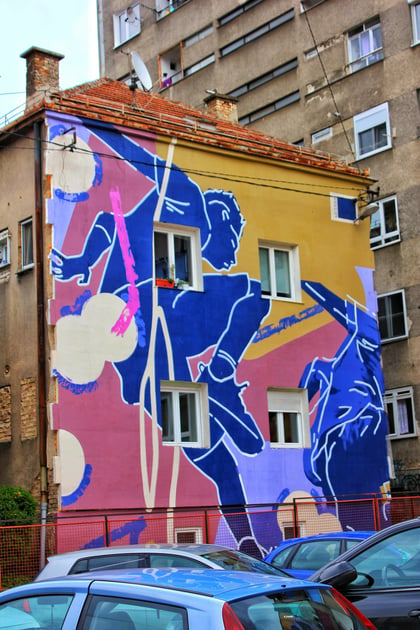





These were on the side of a wide building, and it was impossible to miss. The colours so bright and the design super detailed, making it pop against the more traditional buildings around it.
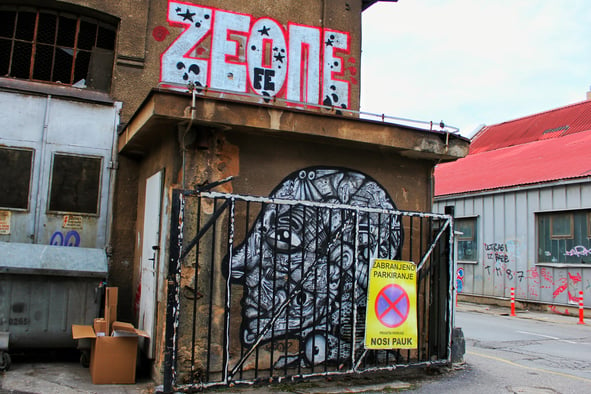

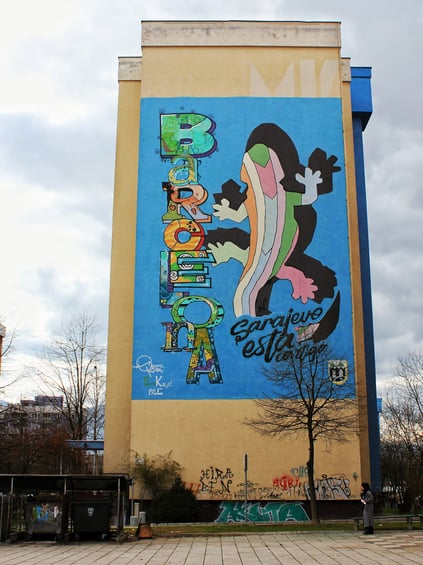

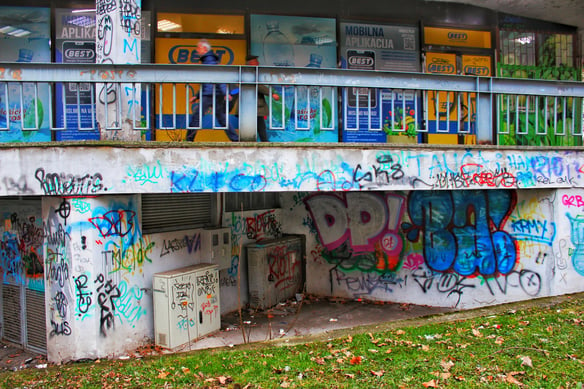
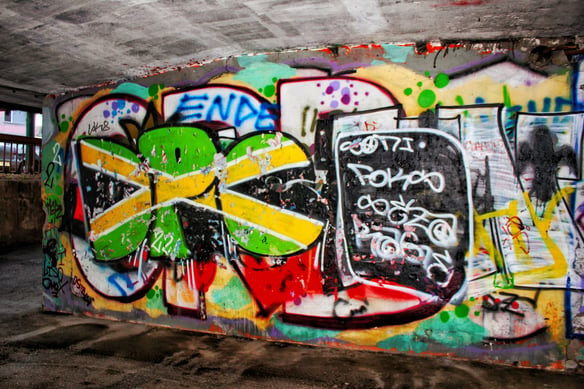
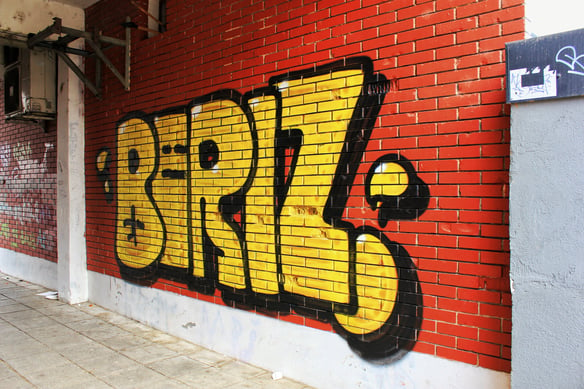
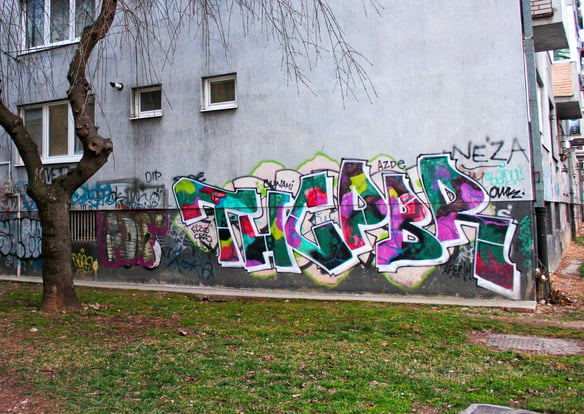
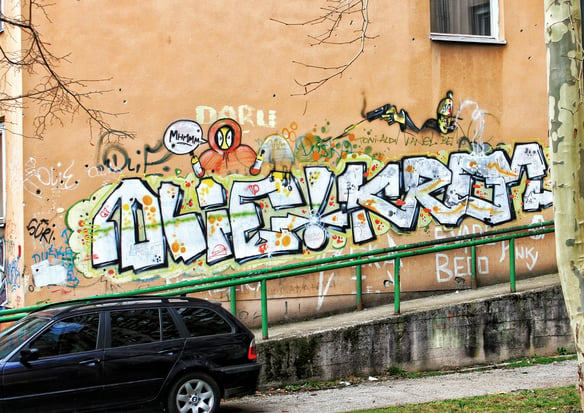
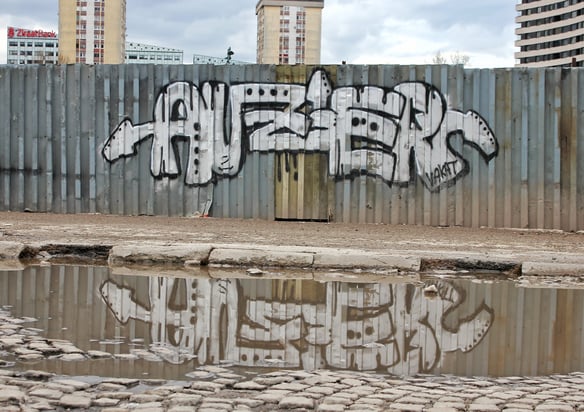
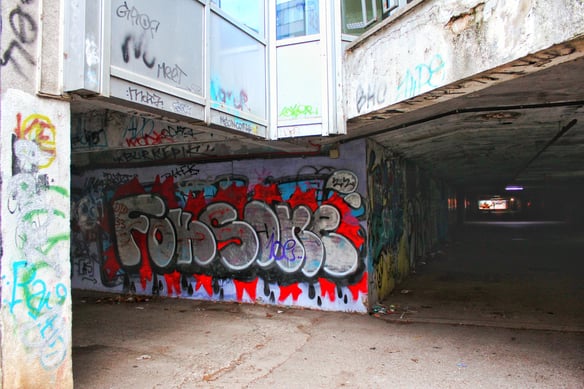
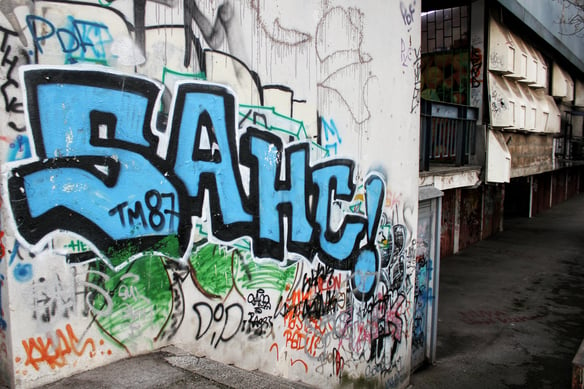
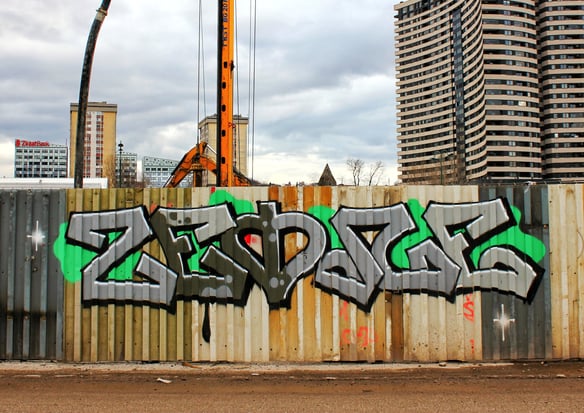
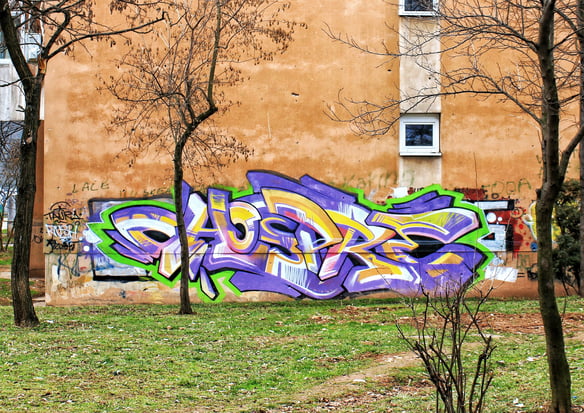
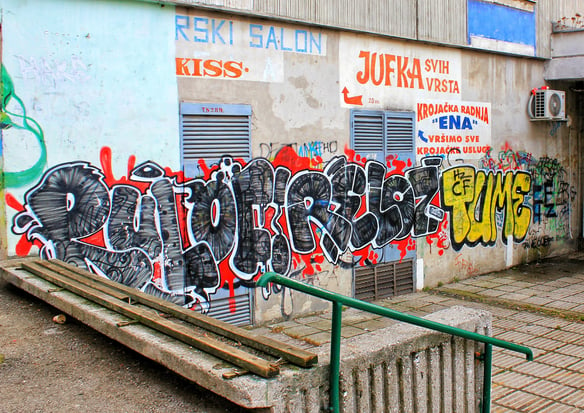
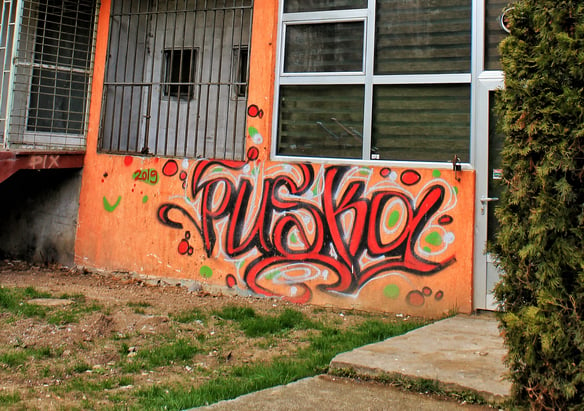












As you get closer to Sarajevo’s city centre, the streets are covered in graffiti. Tags are everywhere—on apartment blocks, along the roads, in car parks, and the underpasses. These are a few of my favourite spots I stumbled upon and loved exploring, especially the underground car parks. There’s something about the way the art takes over those dark, forgotten spaces. It’s like the city’s walls are talking, with wild style lettering and little scribbles scattered all over the place. You can't miss it—every corner has its own splash of colour, and it gives the whole place this gritty, raw vibe. It's like a mix of rebellion and creativity, filling the city with its own kind of energy.